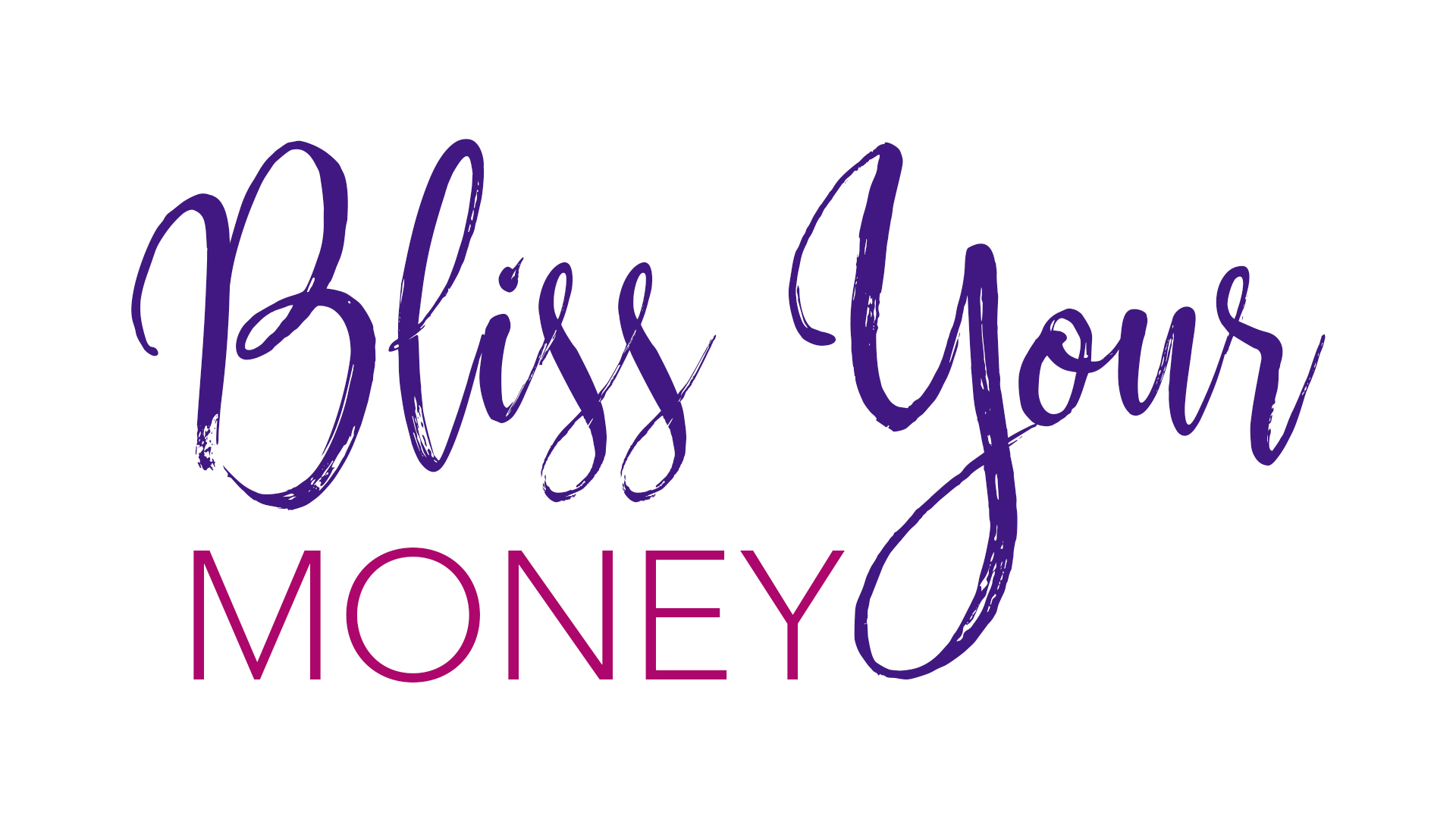When you put your money into a savings account, the bank invests it so that they can pay you interest. But what does it invest in? How can I be sure my money is being used in alignment with my values rather than to run oil pipelines across native lands?
We’re never going to have total control, so it’s probably a good idea not to hold ourselves to the standard of 100% pure perfection in what happens with our deposits. That way lies despair — and there are other options!
This roundup of resources will help you find an ethical banking institution, choose among your options, and take the leap to green banking.
Find an ethical banking institution
One option is to place your money with a credit union. While banks are for-profit institutions that offer services to customers (us), credit unions are non-profits that exist to benefit their members (us). That’s why, for example, your local credit union might offer higher interest rates than your local bank does, or engage in more local investment. Learn more about the differences between banks and credit unions here.
We can also check how close to our values an organization’s investments are in the arenas of the environment and social issues.
Here’s a list of banks that are certified B corporations — “businesses that meet the highest standards of verified social and environmental performance, public transparency, and legal accountability to balance profit and purpose”.
For those of you with visual brains, you can find nearby banks on this map and learn more about them. This list is from the Global Alliance for Banking on Values. “Our collective goal is to change the banking system so that it is more transparent, supports economic, social and environmental sustainability, and is composed of a diverse range of banking institutions serving the real economy.”
How to choose a better bank or credit union
“Socially responsible banks: what to look for and what to avoid” discusses how to choose an ethical banking institution. My favorite part of this article is the summary section, which suggests three steps to the process of trying to bank responsibly, with some bonus tips about maximizing your impact.
How to switch banks
Here’s an article that breaks down the nitty-gritty of switching into ten steps, such as moving your automatic subscription billing.
Banking and investing
Next time you open a bank account or make an investment, consider checking into the organization’s ESG criteria. ESG stands for Environmental, Social, and Governance. This is a newer way for companies to be transparent about where they stand regarding their environmental and social responsibilities, and how their governance is structured to ensure the company’s adherence to those standards.
Have a read and let us know what you think!




0 Comments